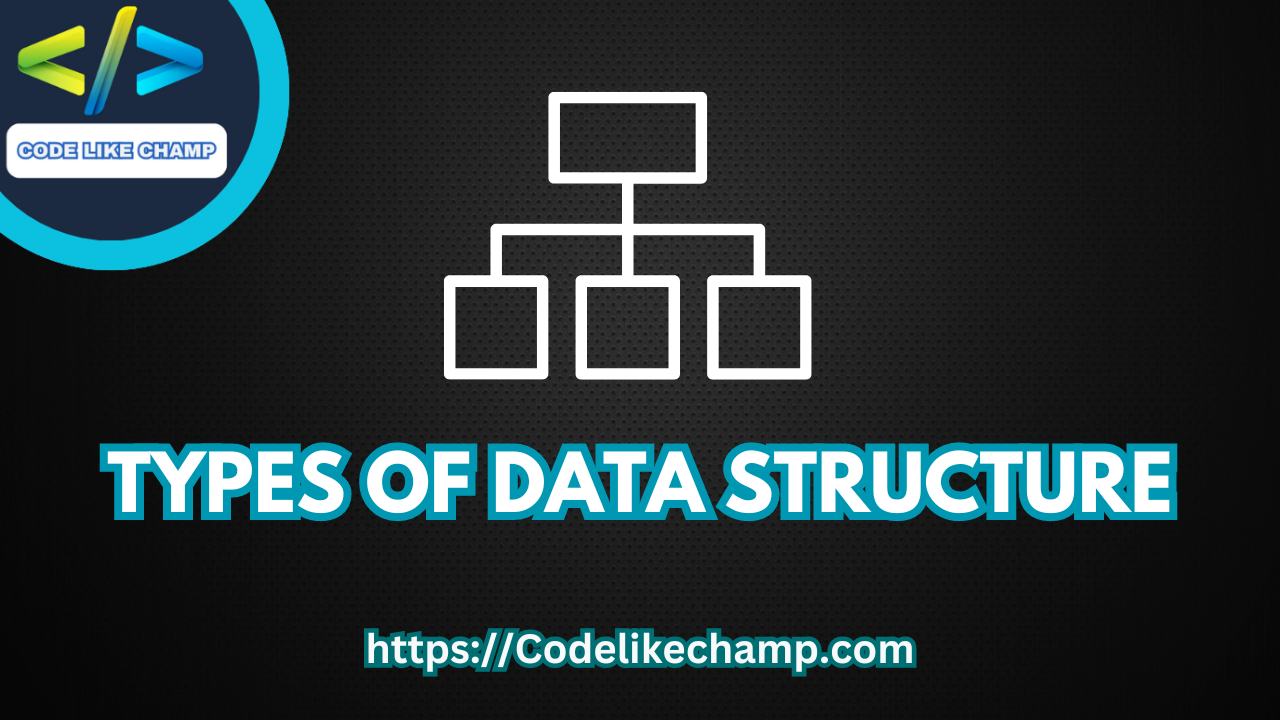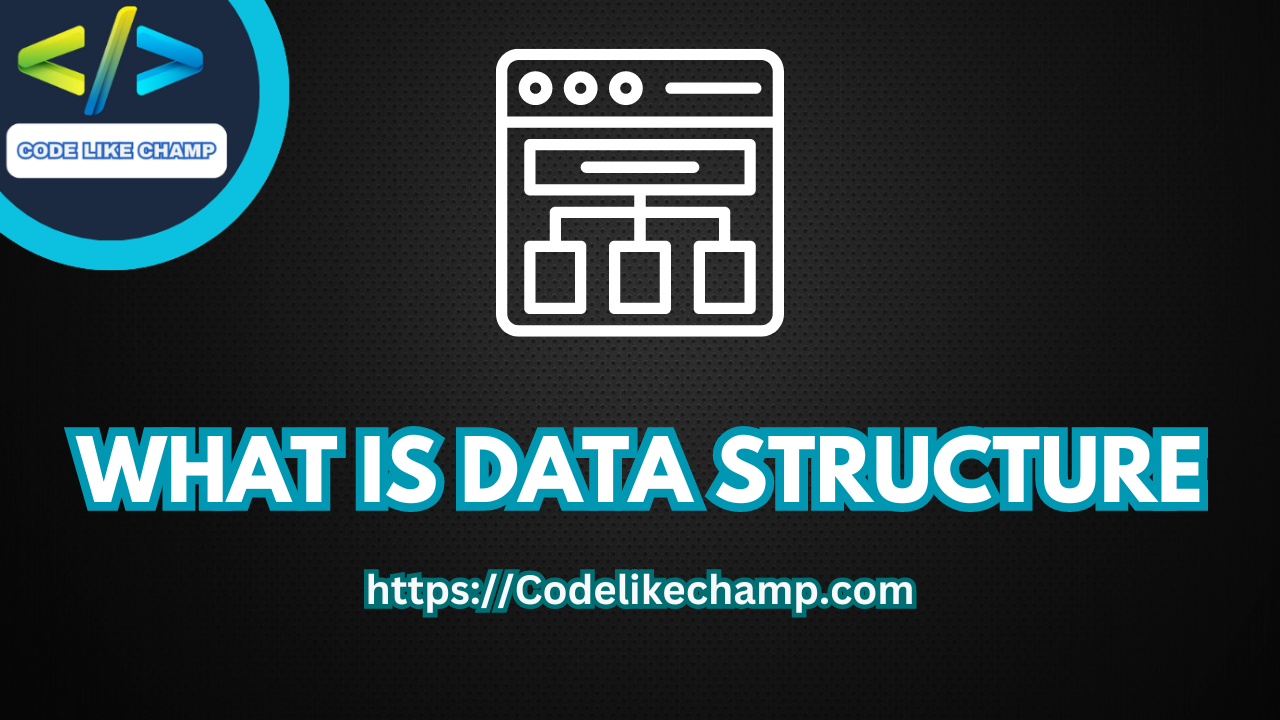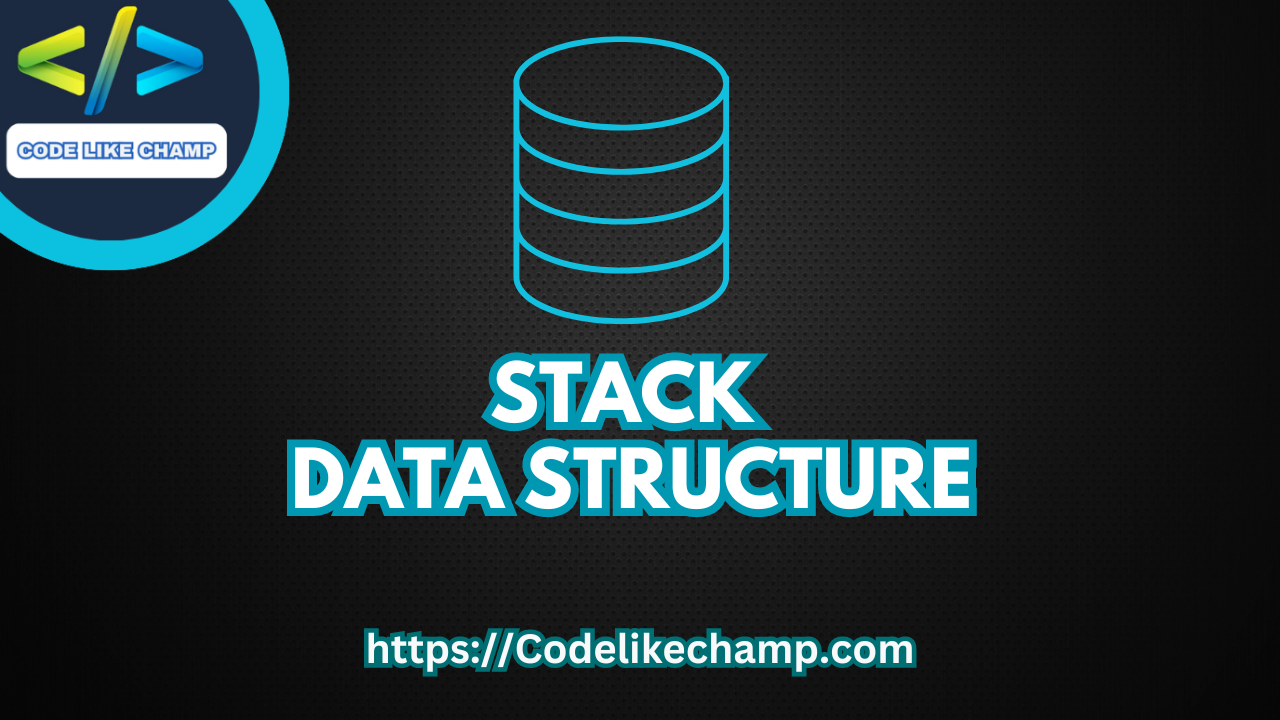Introduction to Types of Data Structure
In the realm of computer science, the term “data structure” holds significant importance. It serves as the backbone for organizing and managing data effectively, enabling efficient storage, retrieval, and manipulation operations. Understanding different types of data structure is essential for any programmer or developer striving to craft efficient algorithms and optimize software performance.

What is Data Structure?
At its core, a data structure refers to a way of organizing, storing, and managing data in a computer so that it can be accessed and modified efficiently. Think of it as the architectural blueprint that dictates how information is stored and accessed within a program.
Types of Data Structure
Generally there are two types of data structure
1.Linear Data Structure
2.Non-Linear Data Structure
Linear Data Structures
- Arrays
- Linked Lists
- Stacks
- Queues
Non-Linear Data Structures
- Trees
- Graphs
- Hash Tables
Arrays
Arrays represent a collection of elements stored in contiguous memory locations. Each element is accessed using an index.

They offer constant-time access to elements but suffer from fixed size constraints.
Linked Lists
Linked lists consist of nodes where each node points to the next node in the sequence. They are dynamic in size, allowing for efficient insertion and deletion operations.

However, accessing elements in a linked list is slower compared to arrays due to the lack of random access.
Stacks
Stacks follow the Last In, First Out (LIFO) principle, where the last element added is the first one to be removed.

They are commonly used in recursive function calls, expression evaluation, and backtracking algorithms.
Queues
Queues adhere to the First In, First Out (FIFO) principle, where the first element added is the first one to be removed.

They find applications in task scheduling, breadth-first search, and buffering.
Trees
Trees are hierarchical data structures composed of nodes connected by edges. They consist of a root node, parent nodes, and child nodes.

Trees offer efficient searching, insertion, and deletion operations and are used in database indexing, file systems, and sorting algorithms.
Graphs
Graphs represent a collection of nodes connected by edges. They can be directed or undirected and are used to model various real-world scenarios such as social networks, transportation networks, and computer networks. Graph traversal algorithms like breadth-first search and depth-first search are fundamental in graph processing.

Hash Tables
Hash tables utilize a hash function to map keys to values, allowing for constant-time average case access to elements. They are efficient for storing and retrieving data, making them suitable for applications like caching, indexing, and symbol tables.
Note : there are also so many data structure and we will cover each and every thing in future so don’t worry
Additional Resources
For a deeper understanding of data structures and their implementations, the following resources can be invaluable:
- GeeksforGeeks
- Coursera – Data Structures and Algorithms Specialization
- Introduction to Algorithms by Thomas H. Cormen
Conclusion Data structures form the foundation of efficient algorithm design and software development. By mastering different types of data structures, programmers can optimize performance, enhance scalability, and tackle complex computational problems with ease. Whether it’s arrays for simplicity, trees for hierarchical organization, or hash tables for rapid access, each data structure offers unique advantages that cater to specific programming needs. Embracing the diversity of data structures empowers developers to craft elegant solutions that harness the full potential of computer science.
Visit for more





Great !! keep it up..